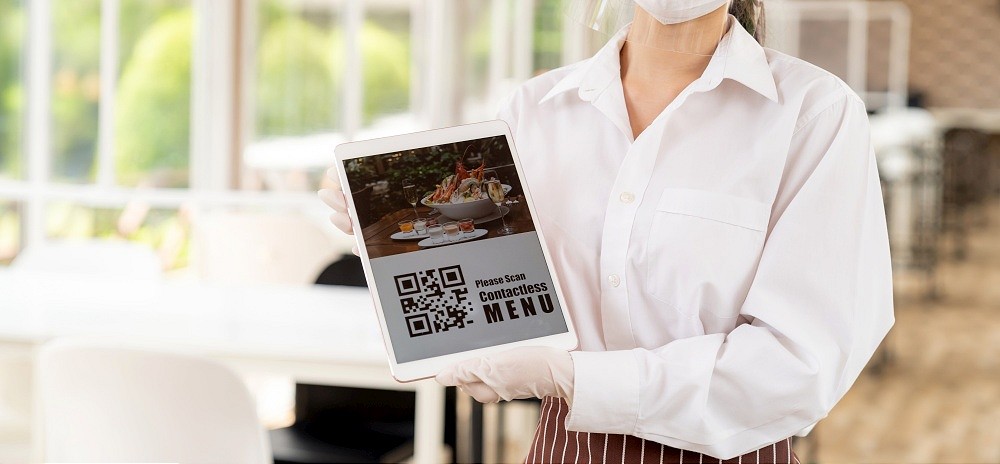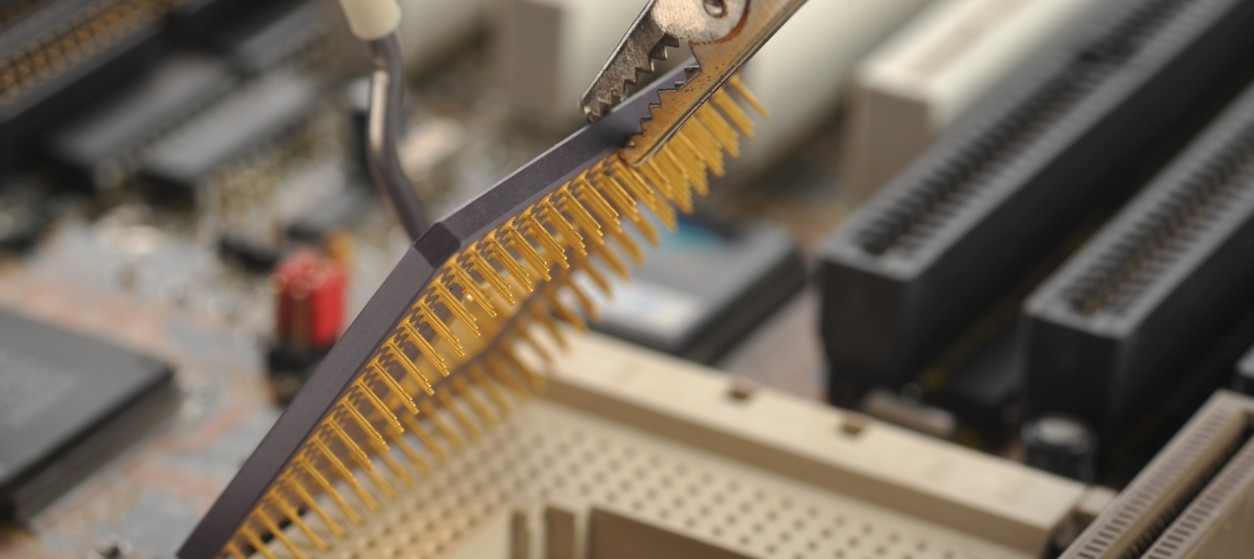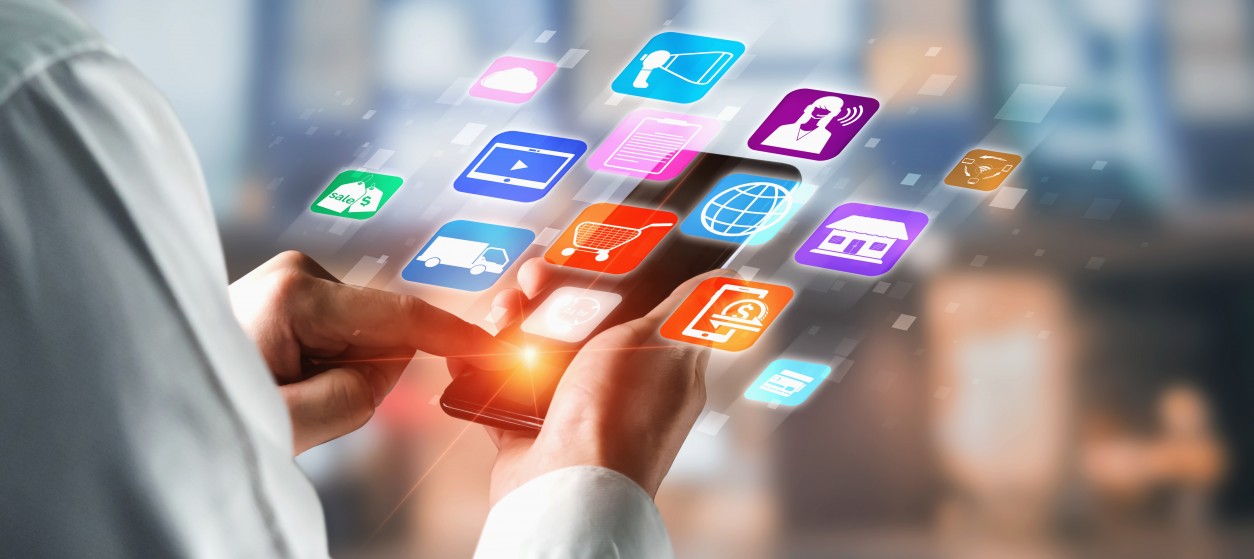Digital technology is currently disrupting entire sectors of the economy. Food and beverages retailing is no exception to this rule. Restaurants, bars, canteens, fast foods, and other eatery spots are already using different digital technologies from on-line ordering systems and point of sales devices, to digitally personalized menus. During the last couple of years, restaurants have increased their investments on digital technologies. This was largely due to the corona virus pandemic, which led restaurants to reinforce their digital activities, while reducing physical processes. Nevertheless, existing digital techniques for restaurants and other eating spots are only scratching the surface of what will be possible in the future. Emerging digital technologies such as smart wearables, robotics and artificial intelligence will enable a new wave of hyper-efficient restaurants that will deliver exceptional experiences to their customers.
Elements of Future Digital Restaurants
Future restaurants will deploy many different digital technologies that will support a wide range of novel functionalities. Some of the most prominent use cases follow:
- Digital Orders and Smart On-line Ordering: Once upon a time, orders were written in the waiter’s notebook. Over the years, waiters become equipped with smartphones and tables that enabled them to use digital ordering systems. Nowadays, many companies invest in online restaurant ordering systems. These systems will evolve in the years to come. They will be enhanced with data-driven intelligence, which will improve the personalization and the automation of the orders’ execution.
- Digitally enabled Design: Digital technologies will be also used to improve physical dining. As a prominent example, technologies for smart and sustainable building like automatic doors and context-aware, solar-powered lighting will be deployed to improve the customers’ experience and the environmental performance of the restaurants.
- Experience Personalization: The smart restaurants of the future will deliver personalized experiences beyond ordering. For instance, personalized messages will be automatically delivered to the smartphones of registered customers, along with personalized execution of loyalty programs and rewards. In this direction, wireless check-in technologies based on WiFi or Bluetooth beacons will be increasingly used.
- Effective Employees’ and Customer Interactions with Smart Wearables: Smart wearables will be used to ease communication with waiters, cleaning staff and other employees of the restaurant. Based on devices like smart wristbands customers will be able to notify the staff about their wishes and needs, in ways that will obviate the need for gestures and hailing.
- Smart tables: Future restaurant tables could be smart and digital. They will provide customers with the means to browse detailed information about the menu, including ergonomic visualizations of value-added information like recipes of famous chefs. In this direction, smart tables with multi-touch functionalities will be used.
- Robots: The coming industrial revolution (Industry 5.0), emphasizes the importance of human robot collaboration. In this context, many tasks in future restaurants will be taken over by different types of robotic systems. Inside the kitchen, mechanical arms and lasers will be used to assist in the faster and more precision preparation of the orders. Likewise, humanoid robots will assist in delivering and serving the food. There are many more tasks where robots could help. To preserve the ever-important human interaction, it is envisaged that future restaurants will deploy cobots for these tasks i.e., systems that are based on human robot collaboration. Robots won’t replace the staff but will certainly make their life easier.
- Restaurant in a box: Mobile and robotics technologies, coupled with advances in flexible networks and cloud computing, will facilitate the setting up of entire restaurants regardless of time and location. This will empower the concept of “restaurant in a box” i.e. the flexible creation of new eating spots to cover seasonal or emergency needs. The concept could be further improved in terms of automation and sustainability, leveraging recent advances in electromobility, driver assistant systems and zero-touch configuration networks.
Smart Restaurant Evolution Trends
Smart restaurants will empower new trends in eating. Some of these trends are already visible, while others are expected to emerge during the next decade. Specifically:
- Subscriptions: Big restaurant brands with large numbers of customers are likely to explore subscription-based business models in a more systematic way than existing memberships. In this way restaurants will better exploit their novel loyalty management features and are likely to generate new revenue streams.
- Local Restaurant Deployments: The restaurant in a box concept will enable restaurant owners to flexibly deploy restaurants close to the customer demand. This concept will be exploited by large brands and restaurant chains in order to reinforce their presence in important locations.
- Demand Driven Restaurants: In the scope of an on-demand economy, restaurant companies will make whatever it takes to provide their customers to immediate access to the food service of their choice. In this direction, they will leverage historical datasets and advanced analytics in order to anticipate the amounts of foods that have be prepared within a specific time window. Similarly, they will become able to anticipate the products and services that they will have to offer such as take-away, kids’ meals, baked products and more.
- Digital Ordering and E-Ordering: Digital ordering and food delivery services will be among the main characteristics of the operation of restaurants during the post COVID19 normality. This will not be due to the need for more contactless activities, but rather due to the automation and convenience that come with electronic ordering. Restaurants will therefore have to invest on the best online ordering systems for restaurants in order to remain competitive.
Overall, restaurants are set to experience a rapid digital transformation, much in the same way such transformation takes place in almost every industry. This digital transformation will impact a great number of restaurant processes, including order reception, cooking, cleaning, bills management, and interactions with customers. Moreover, it will enable restaurant owners to take better and more educated decisions. This is the reason why restaurant owners have no other option than investing in smart restaurant solutions.










